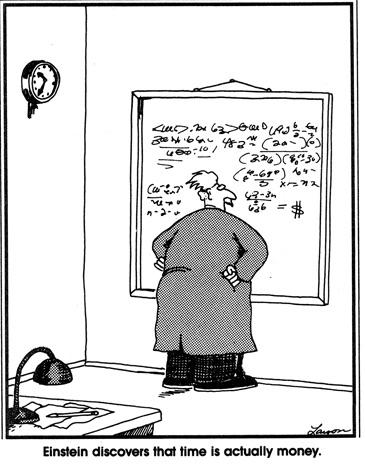Managing retail categories has been a “thing” for decades now. As Category Management evolved, measuring sales and profits no longer sufficed as a means to analyze the success of a group of homegenious products. Newer, more technical space and inventory management software enabled both brands and retailers to better understand the performance down to the individual product in the context of how much profit it returned on the basis of turns and space occupied.
Even more impressive was the ability to measure the impact of products on the total transaction, thus being in position to determine whether certain products actually made contributions beyond the sales and profts the items produced on their own.
Shopper Time Management
But as technlogy has enabled a plethora of new metrics, particularly when it comes to connecting the shopper to the transaction at the shelf, one of the most important determinants of all is now enteing the mix, the shopper’s investment of their time.
The impetus to help shoppers manage their in-store time stems from the principle that their time is indeed money. The contemporary shopper has limited time during any store visit, and the quicker they find the items on their list, the more time they have for additional, discretionary purchases on that trip.

In fact we know that in larger footprint stores, shoppers can spend as much as 85% of their time in store searching and not in purchase decision mode. You don’t have to be Einstein to recognize that converting just one minute of navigation time to spending time, translates into millions of incremental dollars annually for retail chains of all sizes.
Said another way, if shoppers spend unnecssary time navigating crowed narrow ailses, searching for items in sku-intensive aisles, and being distracted by a perponderance of signs and messages, the less time they will undoubtedly spend ……spending their money.
Despite the relative ease of collecting these data, most retailers have no idea how long shoppers spend in their stores. They rarely talk about it and even more rarely consider it a variable that could affect their business.
What we do certainly know is that efficient shoppers spend more each trip and frustrated shoppers often leave without completing their mission.
A Starting Point
While using time and spend analysis to improve both the shopper experience and build transaction size can be nuanced depending upon the dynamics of individual categories, key initial metrics do not require complicated formulas. The process can be quite manual, using observation and a stop watch. However, it can be highly sophisticated using a variety of optical and sensory technology. Either way, the process and the resulting new metrics should provide answers to questions relating to shopper engagement that would be of interest to both retailer and their brand partners.
Here are a few.
- Is our product placement among the most frequently purchased items convenient for the shopper?
- Is our presentation of the product conducive to quick purchase decion making?
- Are our stores being effectively utilized by shoppers with a good balance of the time being spent in key categories?
- Are our aisles uncluttered and easily navigated?
- Have we provided open sight lines in the store that help shoppers formulate an efficient navigation plan?
New Metrics Emerge
As TIME becomes a viable metric in measuring and managing store and categories, there are some basic measurements that serve as a natural starting point of this process.
Here are a few.
- Average Trip Length in total, by day, and by day-part
- Time to First Purchase in the store and within categories
- Dwell Time in store sectors, departments and categories
- Purchase Rate by trip segment (early-mid-late)
- Dollars per Minute in total and various categories
The Payoff
From those five basic measurements, retailers and brands can begin to understand how effectively and efficiently they are connecting to shoppers. Retailers can quantify the exposure their shoppers have to key categories, end caps, and important high-margin departments. Brands can better determine where best to place their products and how best to present them whether it be with traditional static signage or new digital media options.
Understanding that some categories are inherently more efficient than others give their size and the number of sku’s, category to category comparions can be deceiving, but comparing an indvidual category to itself, over time and with adjustments to layout and merchandising, can lead to not only creating higher dollar/minute and larger basket sizes, it can also reduce shopper frustration and provide those customers more time to consider impulse items that brands and retailers work so hard to intiate.
Getting a quick start on incorporating TIME into customer data metrics is not as complicated as it might seem. With new shelf-edge technology emerging being capable of systematically collecting time-related data, understanding its applications will position the retailer to have a competitive advantage by attracting the growing pot of retail media dollars from brands and more importantly will be taking bold steps in buidling loyalty among its shoppers.
